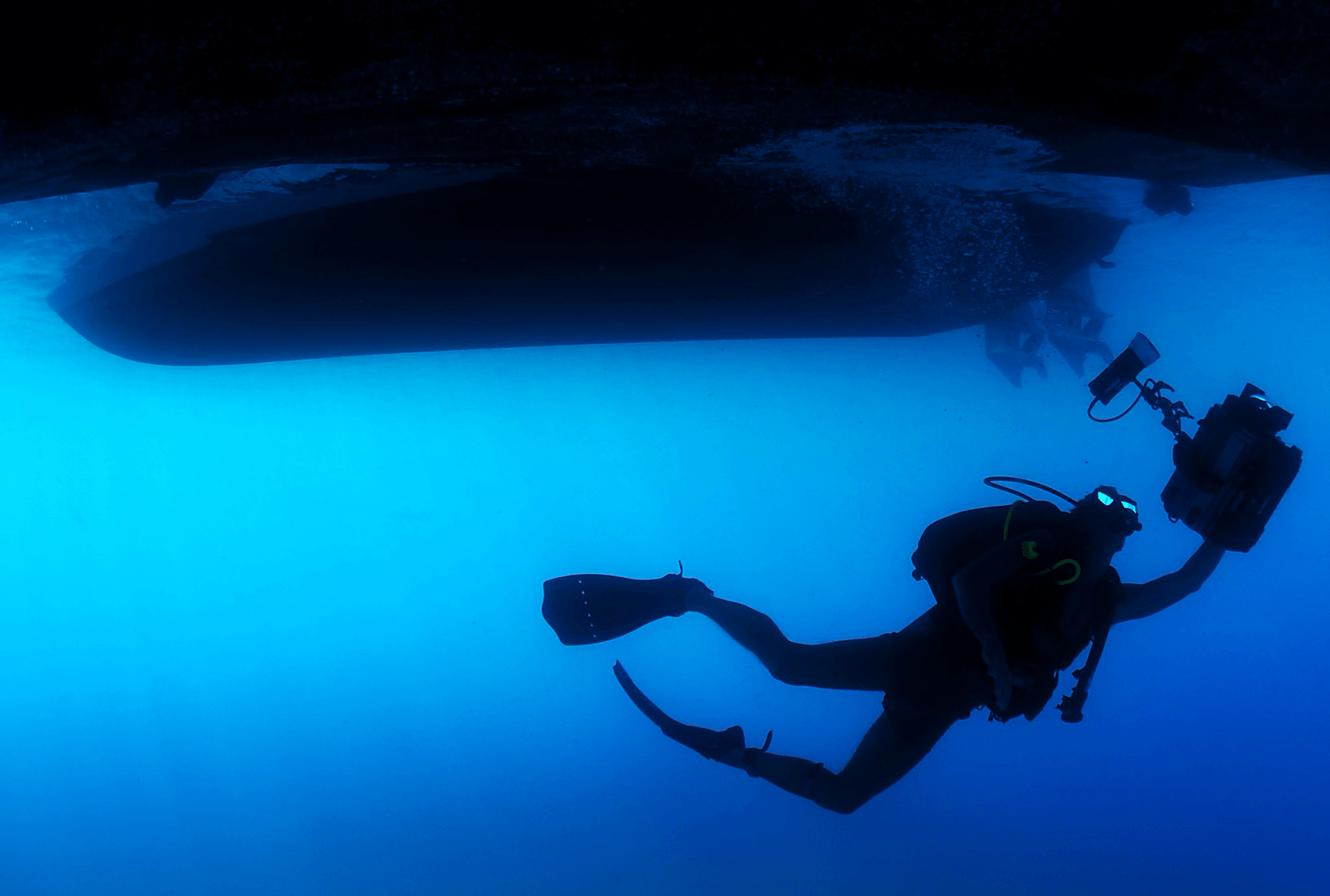USMART - smart dust for large scale underwater wireless sensing
Developing a smart underwater sensing framework using nanomodems.
Project leader
Dates
May 2017 to April 2020
Project staff
Newcastle University: Dr Charalampos Tsimenidis; University of York: Dr Paul Mitchell, Dr Yuri Zakharov; Heriot-Watt University: Prof Yvan Petillot, Dr Mauro Dragone
Sponsors
Partners
Proserv (Nautronix), Subsea 7 Limited, TECHNIP-COFLEXIP UK HOLDINGS LIMITED
Description
We use wireless sensor networks with radio technology to gather data in many applications. We are unable to use the technology underwater, as water absorbs radio waves.
Technologies exist for underwater communication using sound to carry data. But it is a complex and demanding task requiring sophisticated processing. The devices are expensive, bulky and power hungry.
There is a huge demand for monitoring of subsea assets and the marine environment. But these issues have prevented large scale deployment of sensor networks underwater.
We will create a smart underwater sensing framework based on ultra-low-cost underwater communication and sensing devices ('smart dust').
Our pilot studies demonstrated the feasibility of producing underwater acoustic communication devices known as nanomodems. These use novel approaches to signal processing, and vastly reduce hardware complexity, size and cost. The manufacturing cost is as low as £50. The devices also have very low receiver power consumption, to enable long life from small batteries, and tiny dimensions.
In this project, we will work with industry and end users to focus on three main demonstrator scenarios:
- subsea asset monitoring, such as cables, risers, and seabed installations
- marine environment and biodiversity monitoring, with chemical or biological parameters
- sensor nets for underwater security, which will detect sound or magnetic disturbances from underwater threats
